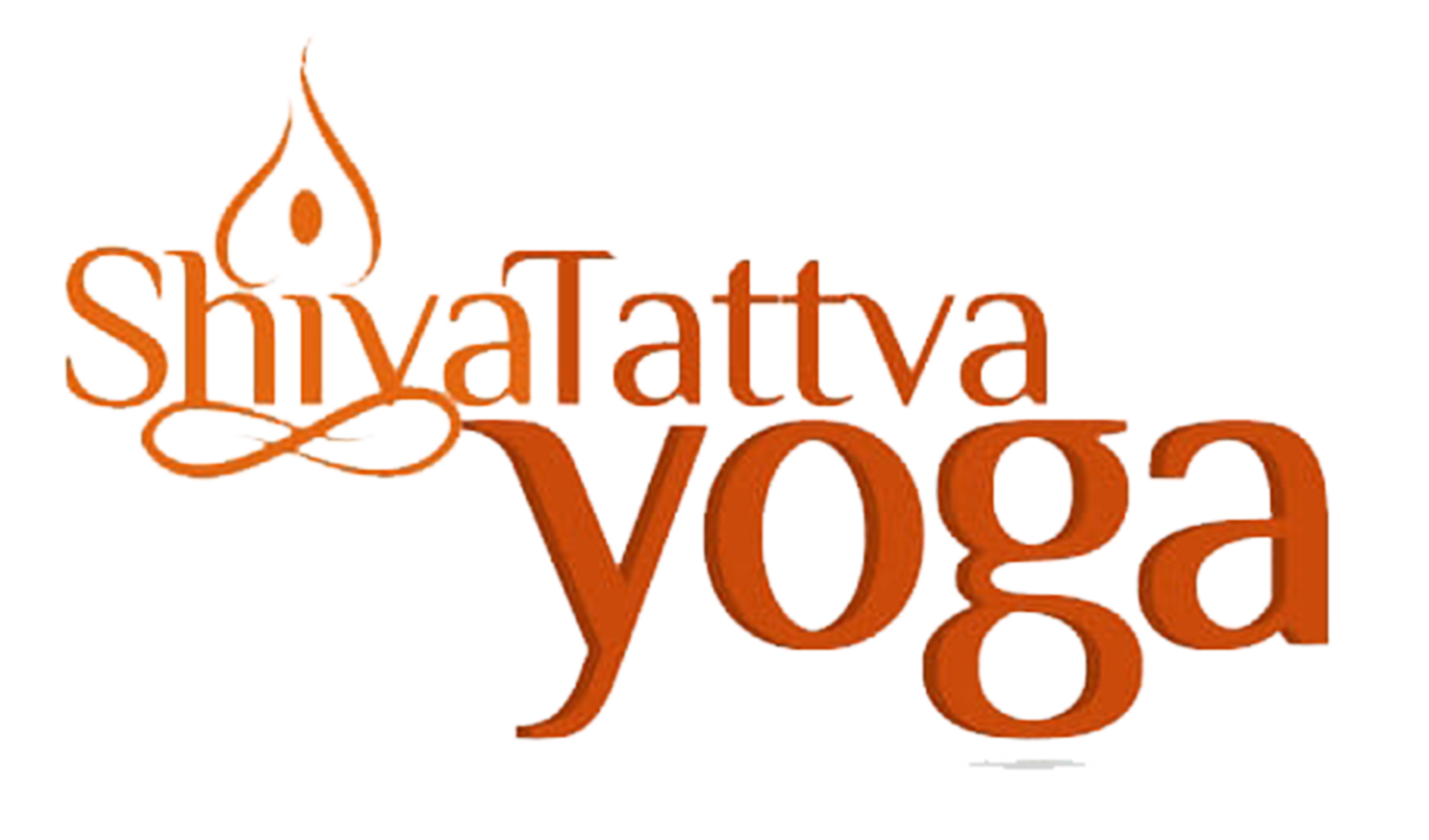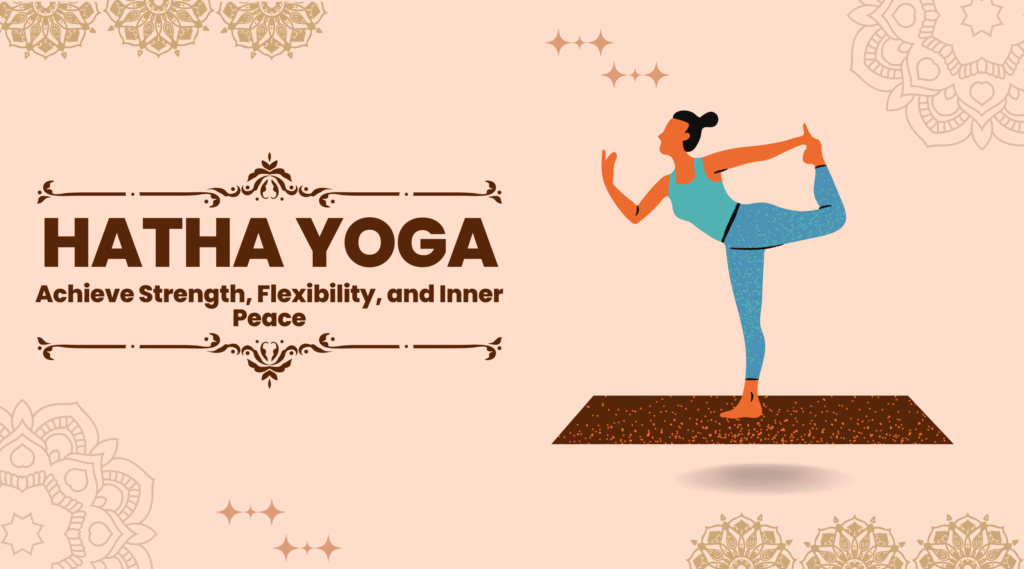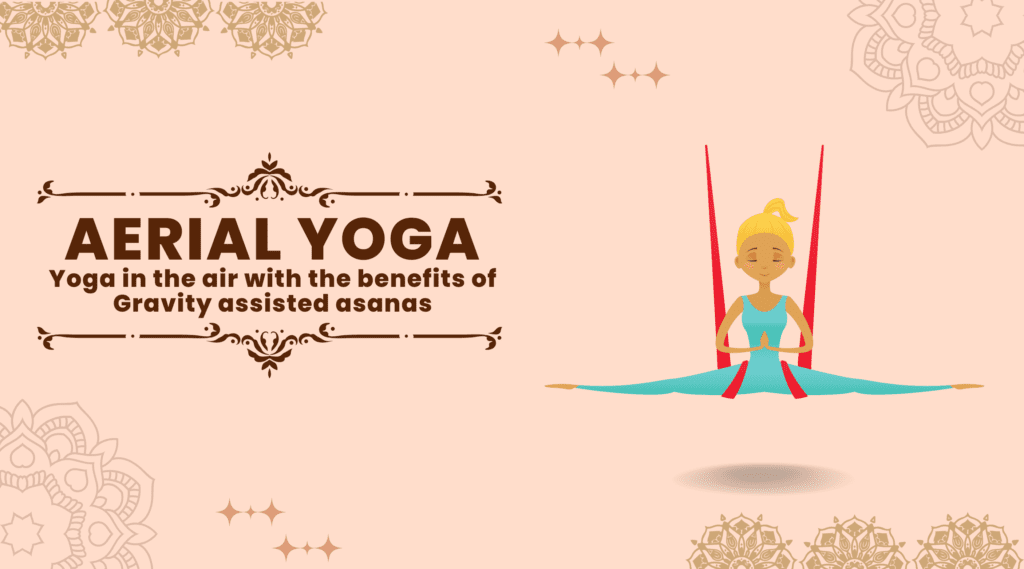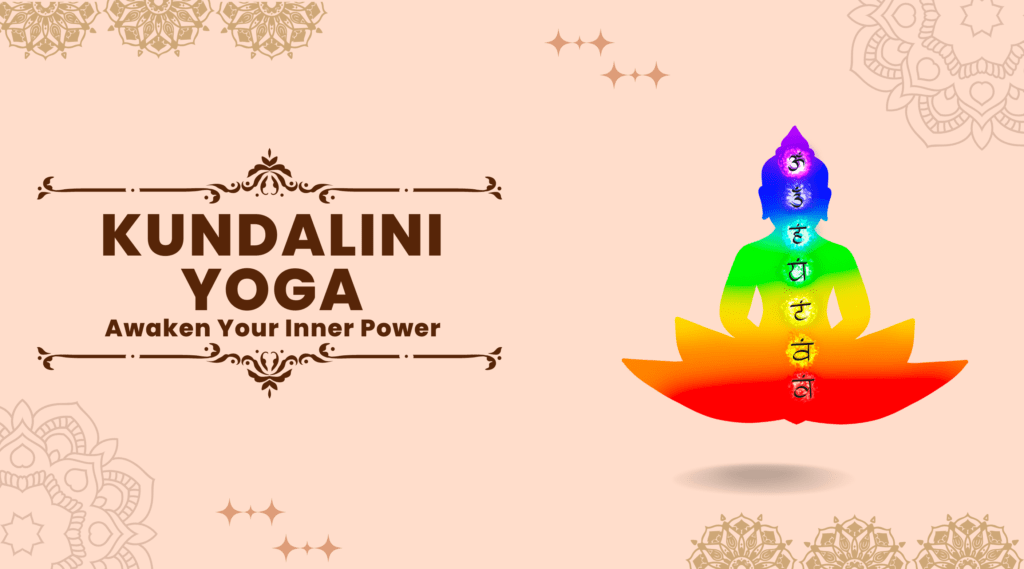Yoga Nidra: Experience Tranquillity and Renewed Energy
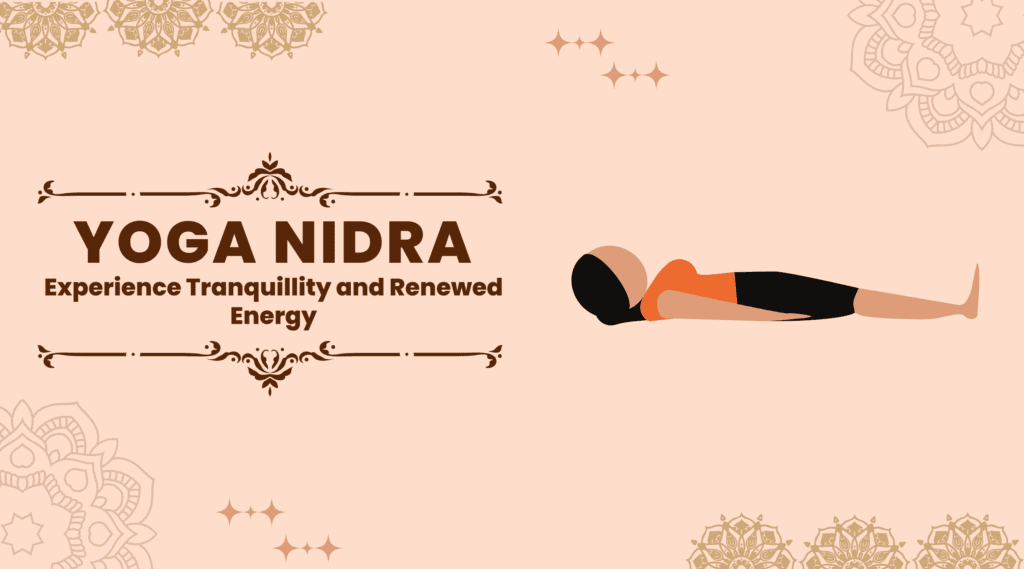
Introduction
Yoga Nidra is a Sanskrit term that means “yogic sleep.” It is a guided meditation technique that involves lying down in a comfortable position and following a series of instructions given by a teacher or a recorded audio. The aim of Yoga Nidra is to enter into deep relaxation and a state of consciousness between wakefulness and sleep where you are neither sleep nor awake, but in a state of conscious awareness.
During the practice, the teacher guides you through a systematic relaxation of the body and mind, which includes breathing techniques, visualisation, and awareness of sensations in the body. The practice usually lasts around 30 to 45 minutes and can be done by anyone, regardless of their age or physical ability.
It is a powerful tool that can help you reduce stress, anxiety, and promote physical and emotional healing. In this article, we will explore how to practice of it and its benefits.
History of Yoga Nidra
This practice was developed by Swami Satyananda Saraswati, who was a disciple of Swami Sivananda Saraswati of the Divine Life Society. Swami Satyananda Saraswati was born in Almora, India, in 1923, and after completing his education, he joined the ashram of Swami Sivananda in Rishikesh.
In the 1950s, Swami Satyananda Saraswati began to explore this yogic practice. He was inspired by the ancient Tantric texts, which describes the practice of Nyasa, or the placing of the mind on various parts of the body. He began to experiment with different techniques and developed a systematic approach to the practice.
In 1963, Swami Satyananda Saraswati founded the Bihar School of Yoga, and this unique meditation technique became an integral part of the school’s curriculum. He taught the practice to his students and disciples, who went on to spread the practice throughout the world.
In 1976, Swami Satyananda Saraswati published his seminal work, “Yoga Nidra,” which provided a comprehensive guide to the practice. The book became a bestseller and introduced this yogic technique to a wider audience.
Today, Yoga Nidra is widely practised and has been adapted by various teachers and schools of yoga. The practice has also been the subject of numerous scientific studies, which have confirmed its many health benefits.
Benefits of Yoga Nidra
This practice offers a number of benefits for physical & mental health. Some of the benefits of practising this technique are as under:
1. Reduces stress and anxiety: It induces a state of deep relaxation, which reduces the levels of stress hormones in the body, such as cortisol and adrenaline. It also promotes the production of “feel-good” hormones, such as serotonin and dopamine, which help reduce anxiety and depression.
2. Improves sleep quality: The practice of Yoga Nidra has been shown to improve sleep quality and reduce insomnia. It helps the body and mind to relax, which promotes a better night’s sleep.
3. Relieves physical tension and pain: It promotes physical relaxation, which can help reduce tension and pain in the body. It is particularly useful for those with chronic pain conditions.
4. Increases self-awareness: This technique promotes self-awareness and mindfulness, which can help you become more present in the moment and improve your ability to respond to stressors.
5. Boosts creativity and productivity: The yogic practice improves creativity and productivity. It helps to reduce mental chatter and increase focus and clarity.
How to practise Yoga Nidra
Here is a step-by-step guide on how to practise:
1. Find a calm & comfortable place where there is no disturbance or distraction.
2. Get into the position of Savasana (corpse pose). You can use props such as a bolster or blankets to support your body and make yourself comfortable.
3. Close your eyes. Take deep breaths while being relaxed.
4. Follow the instructions given by your teacher or an audio recording. The practice usually involves a series of visualisations and body awareness exercises.
5. Allow yourself to remain in a state of deep relaxation for the duration of the practice.
6. When the practice is over, take deep breaths and slowly bring yourself back to the present moment.
Features and Techniques of Yoga Nidra
There are some techniques that we need to use while practising:
1. Setting an intention: Before beginning yoga nidra, it is important to set an intention for your practice. This can be anything from releasing stress and tension to manifesting a specific goal or desire.
2. Progressive relaxation: The practice begins with a body scan, where you focus your attention on each part of the body and consciously release tension.
3. Breath awareness: You then focus on your breath, observing the natural rhythm and flow of your breath without trying to change it.
4. Visualisation: Here, you imagine a peaceful scene or create a mental image of your intention or goal.
5. Rotation of consciousness: This technique involves systematically bringing your awareness to each part of the body, starting with the right side and then moving to the left.
6. Inner awareness: It encourages you to observe your thoughts and emotions without judgement or attachment, allowing you to cultivate inner awareness and detachment.
7. Sankalpa (resolve): The practice ends with the repetition of a positive affirmation or resolve (sankalpa), which reinforces your intention and helps to manifest it in your life.
8. Conscious awareness: Yoga nidra encourages you to maintain a state of conscious awareness throughout the practice, even as you enter a state of deep relaxation.
9. Accessible to all: Yoga nidra is accessible to people of all ages and abilities, and can be practised in a variety of settings. It does not require any prior experience with yoga or meditation.
Cautions while practising Yoga Nidra
Generally, yoga nidra is a safe practice however, we should be cautious while practising like we should use comfortable and supportive posture, avoid overexertion, stay in limits while performing yoga nidra and avoid practising while excessively fatigued as we may fall asleep and that will not be a yoga nidra.
How Yoga Nidra is different from Meditation
By the way, Yoga nidra and meditation, both are the practices that promote relaxation and inner awareness, but they are a bit different from each other as follows:
Level of awareness: In meditation, the goal is to maintain a state of focused awareness and stillness, often through techniques such as mindfulness or breath awareness. In contrast, yoga nidra involves a state of deep relaxation where the mind may wander and drift into a dream-like state, while still maintaining a state of consciousness.
Techniques used: Meditation typically involves a range of techniques such as visualisation, focused breathing, or repetition of mantras or phrases. Whereas, in yoga nidra, usually a teacher leads you through various relaxation techniques, visualisation and body awareness.
Conclusion
Yoga Nidra is a powerful technique that can help you reduce stress, anxiety, and promote physical and emotional healing. Its benefits are numerous and can be experienced by anyone, regardless of their age or physical ability. With regular practice, it a can help you develop a deeper sense of self-awareness and lead a more peaceful and balanced life.
